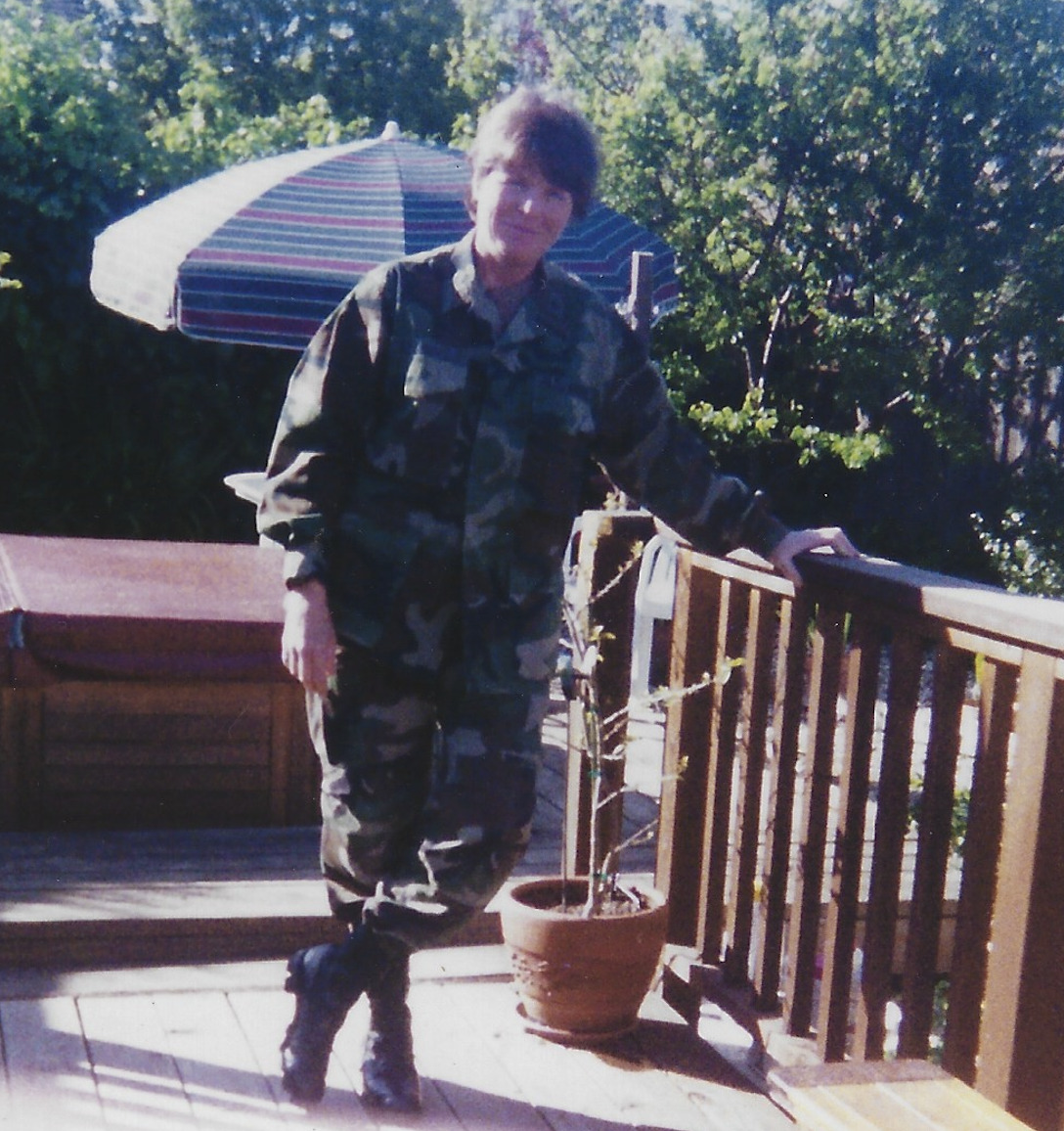Resilience, Community, and Intolerance
The experience of gay women in military service during the Vietnam era is one of contradictions and tensions. Navigating the sexism within the army was one thing; however, these women also needed to conceal their sexual identity from those who would use it against them. According to Margot Canaday in The straight state: sexuality and citizenship in twentieth-century America, "Anti-lesbian repression in the military was broadly powerful against all women because it was individually devastating against a small number" (Canaday 2006). Florence Janisch recalls her investigation that eventually led to a dishonorable discharge,
Despite this institutionalized bigotry, some gay women, such as Kathy Reynolds, feel that the military provided a valuable, net positive experience, especially given more conservative social arrangements in civilian America at the time,
Of course, there are no comprehensive records on the number of gay women in the military. This lack of formal documentation is especially true of the Vietnam-era when officials had more immediately pressing concerns and were desperate for (wo)manpower. Individual testimonies and oral histories provide some of the only documents that capture the texture of gay women's experiences. Institutionally, the military was "far less concerned with having no homosexuals in the service than with having people think there [were] no homosexuals in the service" (Shilts 1993). Enforcement of the ban against LGBT service people varied dramatically depending on the place's specific bureaucratic imperatives and the moment in time. While individuals who were more directly valuable to the mission at hand tended to be less likely to face consequences, the perniciousness of the anti-gay discrimination came in its inherent unpredictability. Individually, survival within the U.S. military bureaucracy came down to the networks of trust and solidarity that either flourished or fell apart, often with personally devastating consequences. The two sub-pages of this part of the exhibit explore how institutional intolerance, despite its ubiquity, manifested itself differently in different women's lives and at different points throughout each individual's service.

